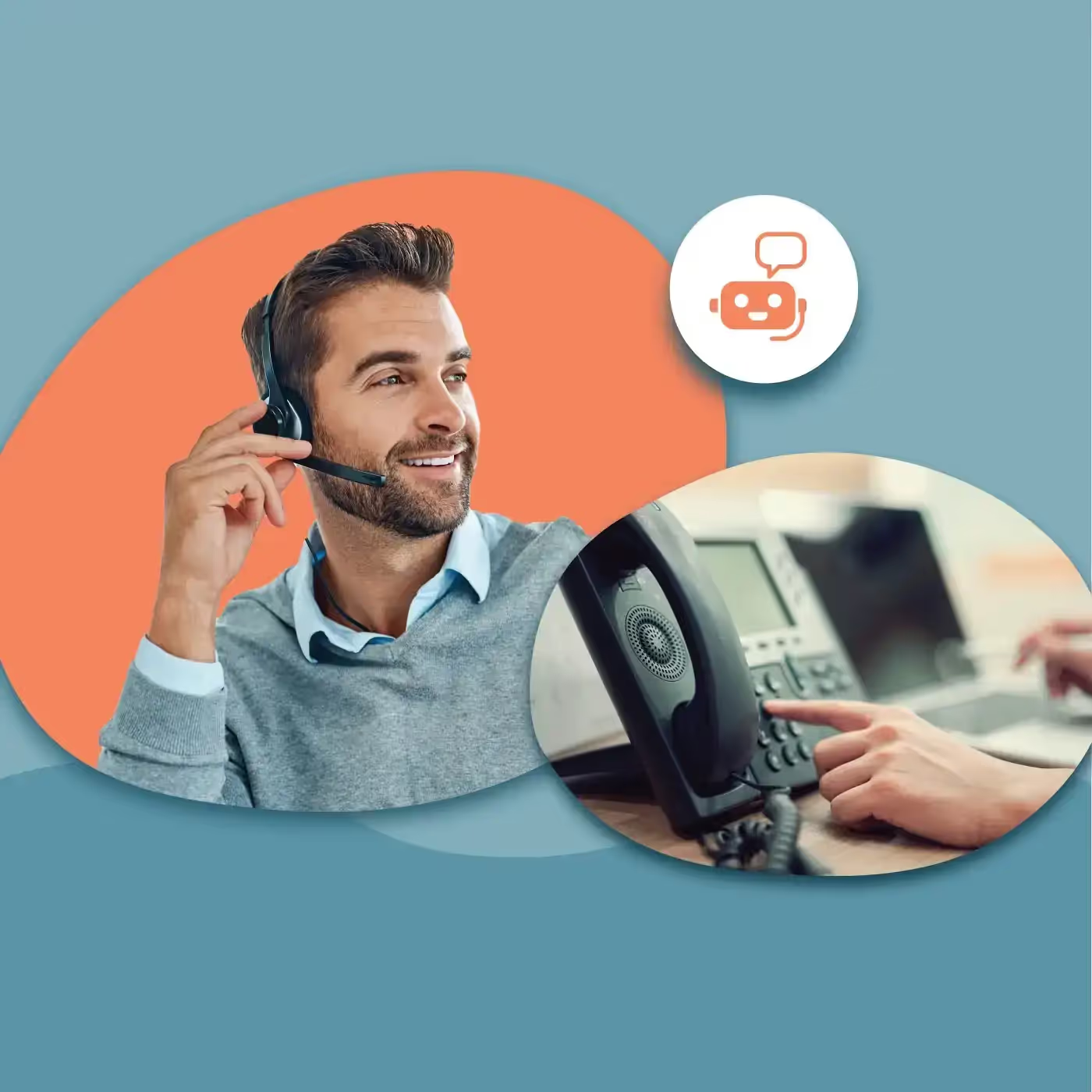How to Calculate Customer Acquisition Cost (CAC) For Your Business
How to Calculate Customer Acquisition Cost (CAC) For Your Business

Growing a company costs money – lots of money. But costs are not necessarily a bad thing all the time. The key is to know where it is ok to spend more money and where you should pull back a bit. One area that you may not want to throw a ton of money is on customer acquisition. In certain circumstances, investing too much into getting customers can compromise your business’s success. The No. 1 best way to find out if you’re spending too much time converting leads is to find out your customer acquisition cost (CAC).
There are other customer acquisition metrics companies use but most of them are extremely inexact and aren’t a great option when thinking about calibrating and scaling the growth of a company.
What is CAC?
Simply put, how much does it cost to get a new customer?
When calculating the CAC, you should include the following as costs:
- Advertising costs
- Sales/referral commissions
- Outside agency fees related to marketing
- Sponsorships
When you know what you are spending to get clients, you can then measure what your spend is producing to understand your costs.
For example, if you spent $8,000 on sales and marketing in a given month and closed 10 new customers over that same time period, that month’s CAC would be $800.
We have a tendency to overcomplicate marketing sometimes.
The goal of marketing is to take a message to the right audience to get them to take an action.
Often, you have to spend money to get people to see your message. Some methods are more effective than others. That’s where CAC comes in to show what’s working and what’s not.
What is the difference between CAC and CPL?
CAC should not be confused with Cost Per Lead (CPL). While CPL is also useful for tracking, it only tells you the cost of getting leads. CAC on the other hand measures how much it costs to go from a visitor all the way to paying client.
You may be able to generate a lot of leads but can only profit by turning those leads into clients. You need to be measuring both, but the more important statistic is your CAC.
Why is CAC Important?
Your CAC is a critical number because you need to grow to stay in business. If you are not able to add clients in a repeatable way, your business will fail.
There are a variety of options available for bringing in business.
- You can pay for referrals
- You can advertise on billboards
- You can use Facebook advertising
- The list goes on and on...
Each of these options require spending money to make money. The key is to keep your CAC down, while your Lifetime Value of a Client (LTV) is high.
To continue with the example above: If you have an $800 CAC you need to know if that’s viable.
If you’ve determined your LTV is $1,000 then why bother taking on the client at all? You’ve gone through all this headache for a minimal margin. This would only work if you have an extremely high volume.
On the other hand, if you know the LTV is $10,000 and you can predictably create clients at $800, you know there is a model to grow on.
When you add the LTV into the equation, you can calculate the LTV/CAC by dividing the CAC by the LTV. Understanding the LTV/CAC can help unlock additional budget for other programs the company may want to expand.
An example of this is if you want to spend more acquiring larger customers who will likely stick around longer and pay more in their lifetime, this formula will show if you should allow it or not. This figure is also called the “allowable CAC” and represents the maximum acceptable amount your company should be paying for a customer.

Using CAC to Improve Marketing
In order to succeed in marketing, you have to track what you are spending by channel. If you isolate each area of marketing spend, you can see what is producing the most customers and the lowest CAC.
If you find something that works - it delivers clients repeatedly at an affordable CAC - you can then ramp up your efforts in that channel.
You should also be doing experiments. A good recommendation is to keep 80% of your marketing efforts focused on what is tried and true, while you use 20% to run tests. When you have a system in place for calculating CAC, these experiments give you an opportunity to find another method that is more profitable than your current strategy.
This is the beauty of being data-driven. Do you ever get tired of hearing about the latest hack or idea for marketing? Knowing your CAC allows you to actually test what works and doesn’t. If it doesn’t work for your firm, you can move on to something that’s effective.
If you want to have a higher allowable CAC, typically, your LTV should be higher. This is why tracking your CAC and LTC/CAC is vital to success. But be careful not to get too caught up in all of the micro-optimizations. Prioritize the big opportunities and get back to work.

CAC and the Marketing Funnel
Every business has a funnel to move potential clients into real clients. The marketing experts at Hubspot define the Funnel in four stages:
- Attract
- Convert
- Close
- Delight
You’ll likely have to spend money to attract potential clients, so the more you can remove friction along each step in the funnel, the lower your cost of acquisition will be.
One extremely effective way to reduce CAC is to use live chat. Chatbots are a personal way to greet visitors who land on your site. And because the Internet is often so impersonal, the feeling of any kind of personal touch increases the chances of a customer purchasing something.
Live chat can help improve your CAC by:
- Removing friction for high-intent leads
Live chat can help you go from prospect to customer in one single session, and with the correct chat product you can proactively engage visitors who meet certain criteria you’ve decided upon.
- Increasing LTV
According to invesp, more than 63% of consumers would return to a website offering live chat.
Improving Conversion Rate
Your conversion rate is a major component to CAC. If you spend $2,000 in advertising, you want it to produce as many leads as possible. What determines the amount of leads is your conversion rate.
If you spend money in advertising, then send your traffic to a page where they have to take a lot of steps or fill out a form, they are likely to go away without interacting with you.
Marketing expert Neil Patel says conversion rates improve by 45% when you use live chat. This makes a significant difference in your overall CAC by making it easy for your leads to interact with you.
- Giving you more opportunity to sell
The cost of live chat, on average, is lower than that of email or phone, and consumers prefer it. It’s really a win-win. More than 90% of customers said live chat was helpful for them while online shopping, according to an ATG Global Consumer Trend study. And more than 42% preferred live chat options to solve their issues and queries during online shopping, according to a J.D. Power study.
A survey that was run by chatbot showed three times more conversions than over email, according to Ometrics. Even more, a website or landing page that has not been optimized may get a conversion rate of 2%. If a chatbot is running effectively, the conversion rate can jump significantly.
Virtual Receptionists and CAC
While live chat is an excellent option for reducing friction for leads, the goal is not just a tool, but a system.
Your ultimate objective is to qualify leads and bring the right prospects to your sales team as efficiently as possible. Another great option for bringing in leads is a virtual receptionist. A quality virtual receptionist will also check all the boxes above, and savvy businesses are providing opportunities for leads to engage either by phone or chat.
If your ideal client is more likely to pick up a phone than go through a chat, put your number right on the page and a friendly virtual receptionist can qualify and serve the leads.
By using a service for virtual receptionist, you are once again able to provide a real-time, friendly touch without dominating the precious time of your staff. And by qualifying your leads, you'll only spend time on leads who you know are a good fit.
Reduce CAC and accelerate growth
If your company is ready to grow in the right ways, Smith.ai provides solutions for live chat and virtual receptionists to provide the ideal experience for your clients.
Take the faster path to growth. Get Smith.ai today.
Key Areas to Explore
Technical Implementation Terms
Voice user interface (VUl) design
Speech recognition integration
Text-to-speech optimization
API connectivity and webhooks
Real-time data synchronization

Your submission has been received!














.svg)



